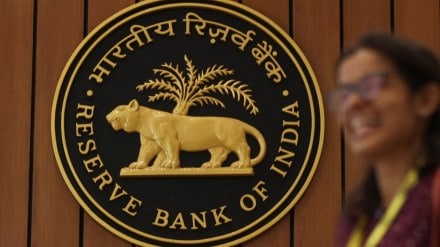After the Reserve Bank of India Monetary Policy Committee decided to keep the repo rate unchanged at 6.5 per cent in its June meeting, Nomura analysts maintained that the rates will remain on hold in August, with an easing cycle starting from October, with 75bp of policy rate cuts in FY25. The MPC had last changed the benchmark interest rate in February 2023. “We are more sympathetic to the case made by the doves in the MPC. Headline GDP growth was exaggerated in FY24, due to a lower deflator and subsidies, with growth composition still uneven, and GVA growth a better signal of the underlying momentum. Core inflation at the lows of 3 per cent is a telling sign of the underlying price pressures, and while risks on food inflation are always hard to predict, they have indeed not had any adverse spillovers. Monetary policy also works with long lags, and should be forward-looking,” said Sonal Varma, MD and Chief Economist for India and Asia excluding Japan at Nomura.
While the central bank decided to keep the benchmark repo rate unchanged in June, interestingly, the voting decision of the MPC members changed with 4:2 voted in favour of the decision as against past few policy decisions where the vote was 5:1 in favour of the decision. Two of the three external MPC members voted against the decision on policy rate as well as the stance of the policy. MPC is split on potential growth, output gap, real rates and risks on food inflation, said Nomura. External members, Prof Jayanth Varma and Dr Ashima Goyal voted for a cut, with the latter dissenting for the first time. “Both MPC members argued that the real policy rate of 2 per cent is too restrictive (Dr Goyal sees the neutral rate at 1 per cent), which could increase downside risks to future growth. They also see lower core inflation as evidence that potential growth is higher and the output gap still negative. Dr Goyal also argued that potential supply-side shocks need not be a worry, given forecasts of a good monsoon, and as such shocks had not resulted in any persistent second-round effects in the past year,” analysis report by Nomura stated.
According to the report by Nomura, there were two central arguments in the MPC. First advocates that food inflation risks remain elevated and there is a risk that the impulses spill over onto core inflation and household inflation expectations. And second states that growth optimism negates any need for emergent monetary policy easing.
Further, at the June meeting, the RBI raised its FY25 GDP growth projection by 20bp to 7.2 per cent as against 7 per cent earlier. The central bank upgraded its quarterly forecast for growth as well, with Q1, Q2, Q3 and Q4 now expected to grow at 7.3 per cent, 7.2 per cent, 7.3 per cent and 7.2 per cent, respectively.
In this backdrop, Nomura said that it remains more sympathetic to the case made by the doves in the MPC. “Headline GDP growth was exaggerated in FY24, due to a lower deflator and subsidies, with growth composition still uneven, and GVA growth a better signal of the underlying momentum. Core inflation at the lows of 3 per cent is a telling sign of the underlying price pressures, and while risks on food inflation are always hard to predict, they have indeed not had any adverse spillovers. It is informative that the RBI’s macro models already show headline inflation converging to 4 per cent in the medium-term,” it said.
Nomura also remained alert on the impact of personnel changes in the MPC’s policy outlook. “A change of guard is imminent within the MPC – the three external members (including the two doves) will have their last policy meeting in August, Governor Das is scheduled to retire by December and Deputy Governor Patra by January 2025,” it stated.
The next meeting of the MPC is scheduled for August 6 to 8, 2024.
